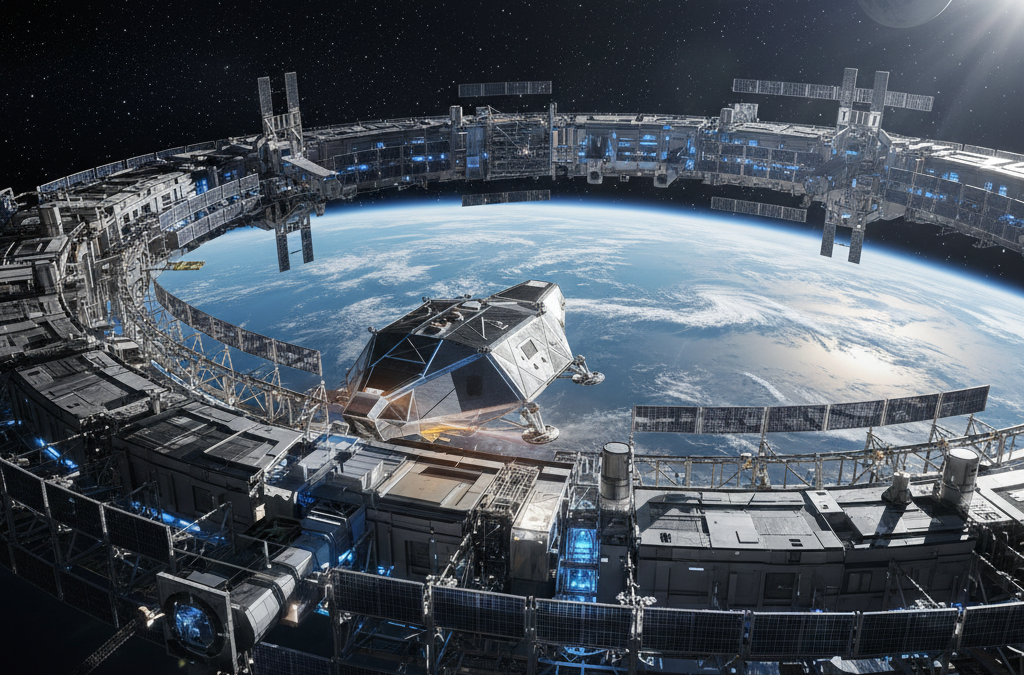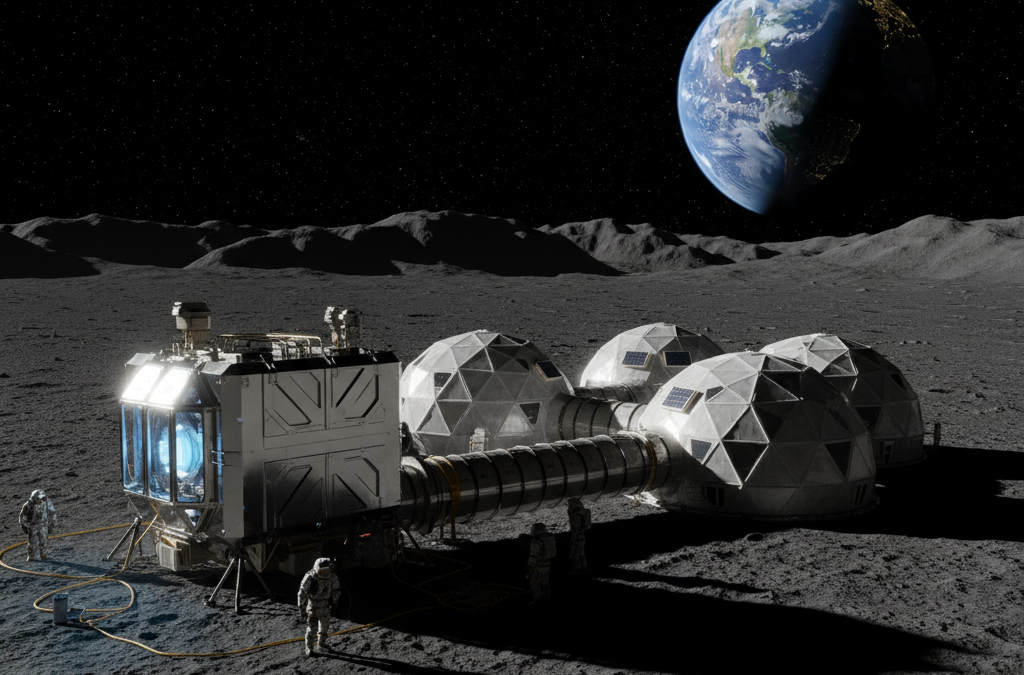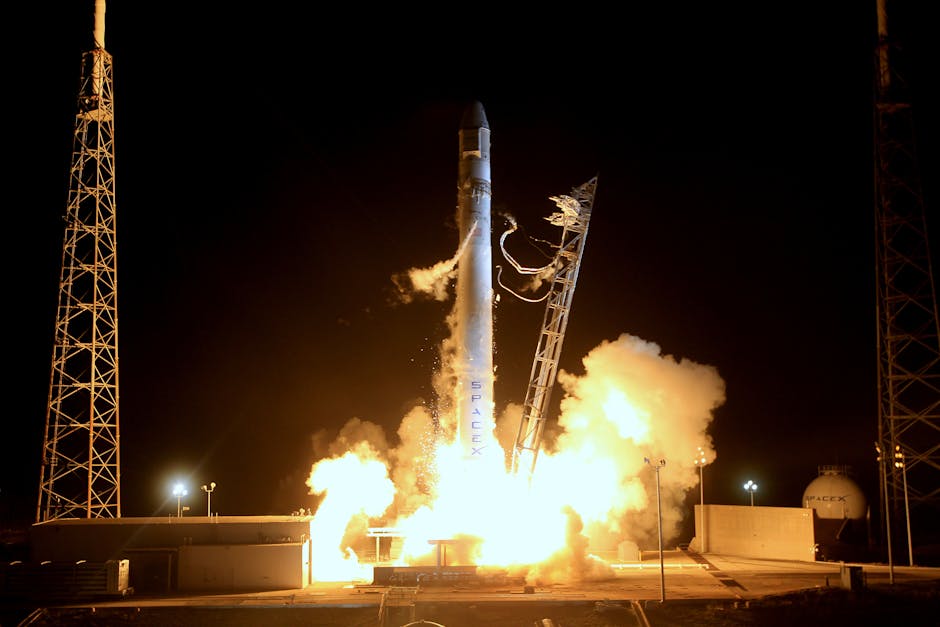In 2008, India embarked on its first lunar exploration mission, Chandrayaan-1, marking a significant milestone in its space endeavors. Following the success of Chandrayaan-1 and the failure of Chandrayaan-2, India announced its plans for Chandrayaan-3, the country’s third lunar exploration mission.
Chandrayaan-3 is designed with multiple objectives in mind. Primarily, it aims to achieve a soft landing on the moon’s surface and conduct in-situ studies of its composition. The mission intends to analyze the lunar surface’s topography, mineralogy, and elemental abundance, providing valuable insights into the moon’s geological history and evolution. Furthermore, the mission will examine the lunar exosphere, which comprises the moon’s thin outermost atmospheric layer, shedding light on the lunar environment and its interactions with the solar wind.
To fulfill its objectives, Chandrayaan-3 will employ advanced technologies. The mission will employ a lunar lander and rover equipped with various scientific instruments, including a laser-induced breakdown spectroscope, an alpha particle X-ray spectrometer, and a surface thermo-physical experiment. These instruments will facilitate the examination of the moon’s composition, mineralogy, and temperature. Additionally, a communication system consisting of an orbiter, lander, and rover will enable the transmission of data from the lander and rover to the orbiter, which will then relay it back to Earth.
Initially scheduled for launch in 2020, the mission faced technical difficulties, resulting in postponements. However, on July 14, 2023, ISRO successfully launched Chandrayaan-3 aboard the heavy lift LVM3-M4 rocket from the Satish Dhawan Space Centre in Sriharikota, Andhra Pradesh. The mission will take approximately three days to reach the moon’s orbit, and subsequently, the lander and rover will undertake a soft landing on the lunar surface.
The Vikram lander of the mission is planned to softly touch down on the surface of the Moon’s South Pole region on August 23 at 5.47 p.m. The mission holds immense significance, as a successful landing would position India alongside the United States, China, and the former Soviet Union in achieving this feat.
Chandrayaan-3 comprises an indigenous lander module (LM), propulsion module (PM), and a rover, serving the purpose of developing and demonstrating new technologies essential for future inter-planetary missions. The mission showcases India’s dedication to space exploration and its aspiration to establish itself as a prominent player in the field.
In conclusion, Chandrayaan-3 represents India’s third lunar exploration mission with the objective of uncovering the moon’s composition. Through in-situ studies of the lunar surface and investigations into the lunar exosphere, the mission aims to deepen our understanding of the moon’s characteristics. Leveraging advanced technologies, Chandrayaan-3 is set to make significant strides in lunar exploration. While the scheduled landing date was successfully achieved on August 23, 2023, the mission holds great promise for India’s space ambitions and its role as a major space power.
References:
[1] Chandrayaan-3
[2] Chandrayaan-3: India launches historic mission to land …
[3] Chandrayaan 3 – Spacecraft – the NSSDCA – NASA








0 Comments